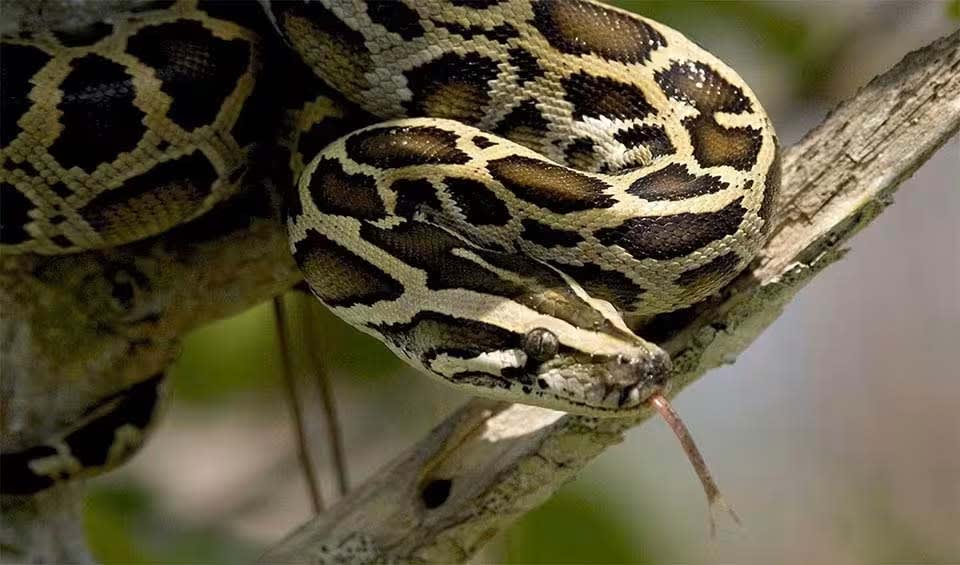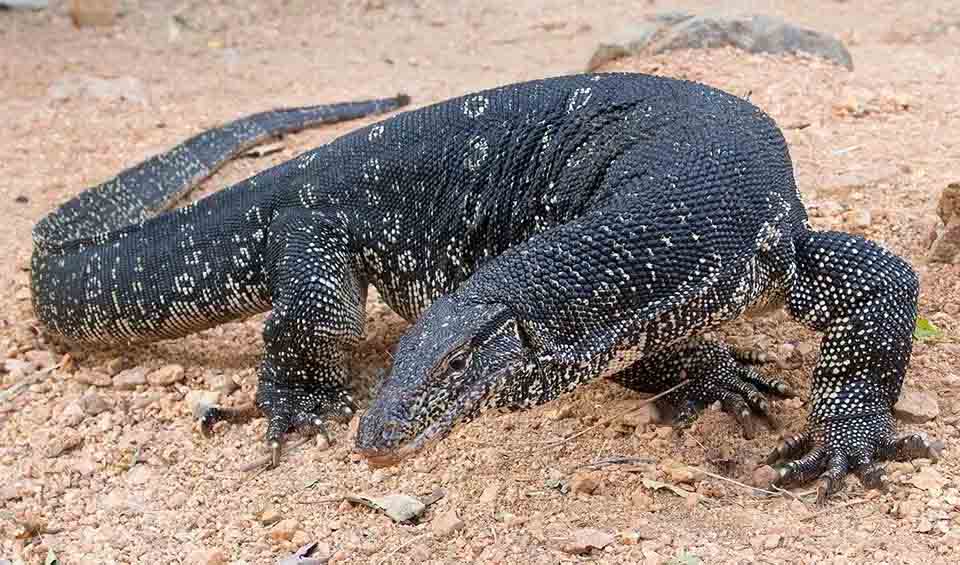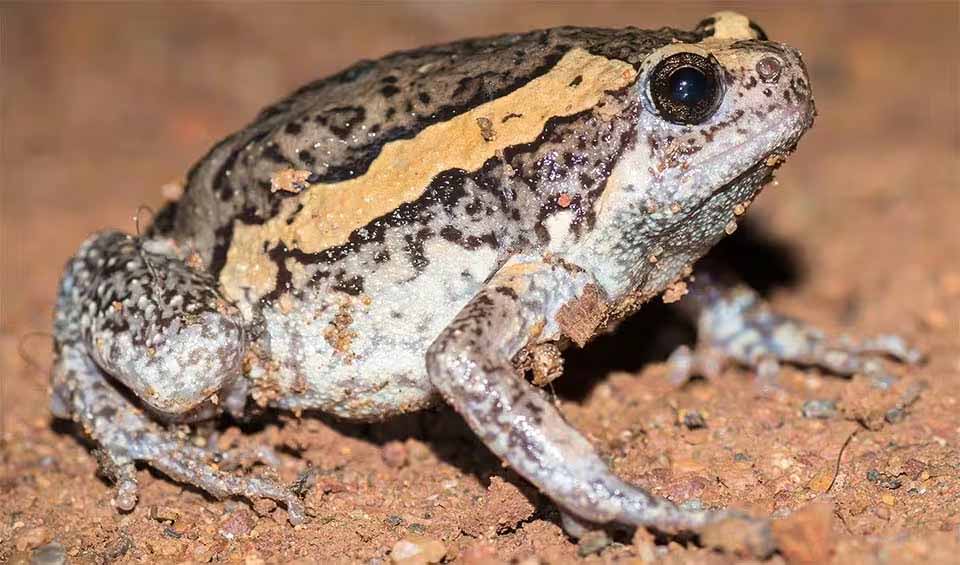Myanmar’s rich biodiversity stems from its diverse ecosystems, which range from sea level to mountain peaks. The country’s forests play a crucial role in maintaining environmental stability. Additionally, Myanmar is home to a wide variety of freshwater ecosystems, including fast-flowing mountain streams, expansive slow-flowing lowland rivers, lakes, and other stagnant wetlands.
It also boasts some of the most extensive and pristine coastal and marine ecosystems in mainland Southeast Asia. Along its lengthy coastline, Myanmar features around half a million hectares of brackish and freshwater swamplands that perform vital ecological functions, serving as spawning, nursery, and feeding grounds for economically important aquatic organisms such as fish and prawns.
Four pillars elaborated:
Myanmar’s Protected Areas vary significantly in size, from the 0.5 km² (0.19 mi²) Lawkananda Wildlife Sanctuary near Bagan to the 22,000 km² (8,494 mi²) Hukaung Valley Wildlife Sanctuary in Northern Kachin State. Newer protected areas are generally larger, designed to encompass entire landscapes to support species like Asian elephants and tigers that require extensive contiguous habitats for survival. Additionally, three Locally Managed Marine Areas (LMMAs) are being established in the Myeik Archipelago alongside the Lampi Marine National Park, managed primarily by local coastal communities and aimed at traditional community-based fisheries management rather than direct marine biodiversity conservation. Land Management
Land Management
About a quarter of Protected Areas incorporate some form of community-based natural resource management and community forestry, often with outreach programs. Despite facing significant management challenges, including conflicts with local communities and armed groups in 15% of the sites, even the less effectively managed ‘paper parks’ play a crucial role in biodiversity conservation.
Myanmar’s vast genetic diversity is diminishing due to the introduction of modern agricultural varieties and technologies intended to support a growing population. The country has 144 globally threatened species, including four critically endangered mammals, birds, and reptiles each, along with 13 critically endangered plant species. Additionally, there are 39 endangered species, comprising 12 plants and 10 reptiles, and 80 vulnerable species, including 33 birds and 26 mammals. Notable declines are observed in marine turtles—affected by hunting, habitat destruction, and egg collection—and large mammals such as tigers and elephants, which face threats from skewed sex ratios and shrinking habitats due to human activities. Threats to Biodiversity
Threats to Biodiversity
Forests, covering about 50% of Myanmar’s land area as per the FAO’s 2005 assessment, have decreased by 7% between 1990 and 2005 due to human pressures. Similarly, inland water biodiversity is declining from increased freshwater use and wetland drainage for agriculture and urbanization. Major threats include hunting, overfishing, forest depletion, habitat destruction, forest fires, climate change, invasive species, and the illegal wildlife trade, exacerbated by growing demand in neighboring countries.
Efforts to conserve biodiversity in Myanmar include protecting and rehabilitating natural forests, establishing forest plantations to combat desertification, and promoting substitutes for wood fuel. Community forestry initiatives and the rescue of endangered wild crop species and landraces are underway, alongside the characterization of genetic diversity for sustainable crop resource use. Agro-environmental techniques are being developed, and systems for managing plant genetic resources, including seed banks and collections, have been established. International cooperation has been enhanced to protect threatened marine turtles. Capacity and Governance
Capacity and Governance
Organic farming practices have been encouraged to improve soil biodiversity, and numerous research activities aim to conserve plant genetic diversity. Under the guidance of the National Forest Policy and Master Plan, the Forest Department has significantly expanded protected areas, establishing 36 protected zones, six of which are ASEAN Heritage Parks, covering 37,894.48 km² (14,631.14 mi²) or 5.6% of the country as of 2010.
Myanmar’s National Biodiversity Strategy and Action Plan (NBSAP) provides a detailed framework to preserve the country’s diverse biological resources. The plan is responsive to the dynamic political, economic, and social reforms occurring within Myanmar and aligns with the Strategic Plan of the Convention on Biological Diversity (CBD). Key objectives include protecting ecosystems and habitats, conserving species diversity, promoting the sustainable use of natural resources, enhancing public awareness and participation, and strengthening institutional capacity and governance to make meaningful advancements in biodiversity conservation. Future Trends
Future Trends
Biodiversity
Myanmar, also known as Burma, has extraordinary biodiversity due to its diverse range of ecosystems, including tropical and subtropical forests, wetlands, coastal and marine environments, and highland regions. The country’s location at the intersection of the Indo-Malayan, Sino-Himalayan, and Indo-Burmese biodiversity hotspots contributes to its rich flora and fauna. Myanmar’s forests are home to over 11,000 plant species, with significant forested areas such as the Hkakabo Razi and Alaungdaw Kathapa National Parks supporting a variety of wildlife, including the Asian elephant, Bengal tiger, and the critically endangered Myanmar snub-nosed monkey.The country’s wetlands and river systems, particularly the Irrawaddy River and its delta, play a pivotal role in both biodiversity and local livelihoods. These areas are not just habitats, but lifelines, supporting a range of aquatic species, including the unique Irrawaddy dolphin, various species of freshwater fish, and numerous migratory bird species. The Ayeyarwady (Irrawaddy) River is also notable for its unique floodplain ecosystems that provide habitats for a rich diversity of plant and animal life, underscoring its importance in sustaining the local ecosystem and communities.
In the table below are the number of known species in several main groups, how many of these species are Threatened with extinction, and how many of them are Endemic (unique to Myanmar only):
| Species (World rank) |
Threatened | % Threatened | Endemic | % Endemic | |
|---|---|---|---|---|---|
| Mammals | 354 (#24) | 49 | 13.8% | 9 | 2.5% |
| Birds | 1,038 (#14) | 57 | 5.5% | 10 | 1.0% |
| Reptiles | 377 (#21) | 30 | 8.0% | 52 | 13.8% |
| Amphibians | 138 (#27) | 3 | 2.2% | 24 | 17.4% |
| Fishes | 1,120 (#34) | 72 | 6.4% | 58 | 5.2% |
| Plants | 11,800 (#26) | 61 | 0.5% | 1,071 | 9.5% |
mammals
Stump-tailed macaque
Their faces start out pink and red when they’re young, but as they get older, they turn darker, almost brown or black
Asian elephant
Largest land mammal in Asia here!
Water buffalo
The “living tractors of the East”—vital in traditional agriculture, particularly in Asia
birds
Black eagle
Controller of arboreal birds and mammals populations in Asia’s tropical forests
Himalayan monal
It’s dazzling plumage has earned it the nickname “nine-colored bird” in some cultures
Black-backed dwarf kingfisher
One of the most visually stunning kingfisher, often described as a “flying jewel”
reptiles
Burmese python
A powerful constrictor that can grow longer than a school bus!
Spiny turtle
The thorny devil of the turtles
Asian water monitor
They can be found basking in the sun with their fellow monitors, sharing warmth and companionship
amphibians
Banded bullfrog
These frogs don’t “croak”—their call sounds more like a dog’s bark!
Indian bullfrog
Capable of making long leaps, thanks to their powerful hind legs
Asiatic toad
The toxin from their parotoid glands has potential antimicrobial and anticancer medicinal properties
National Animals
Green peafowl
The large forest bird is amongst the largest Galliformes; can hunt venomous snakes!

















